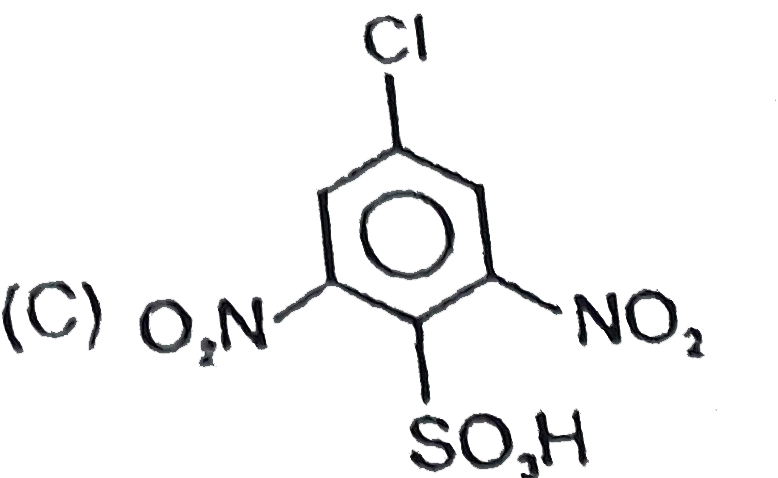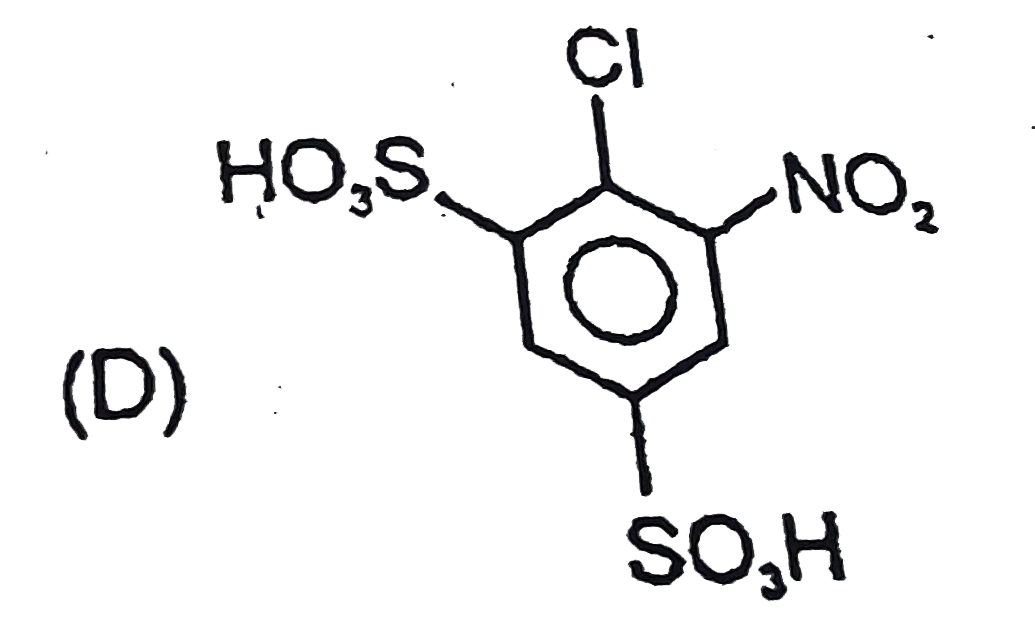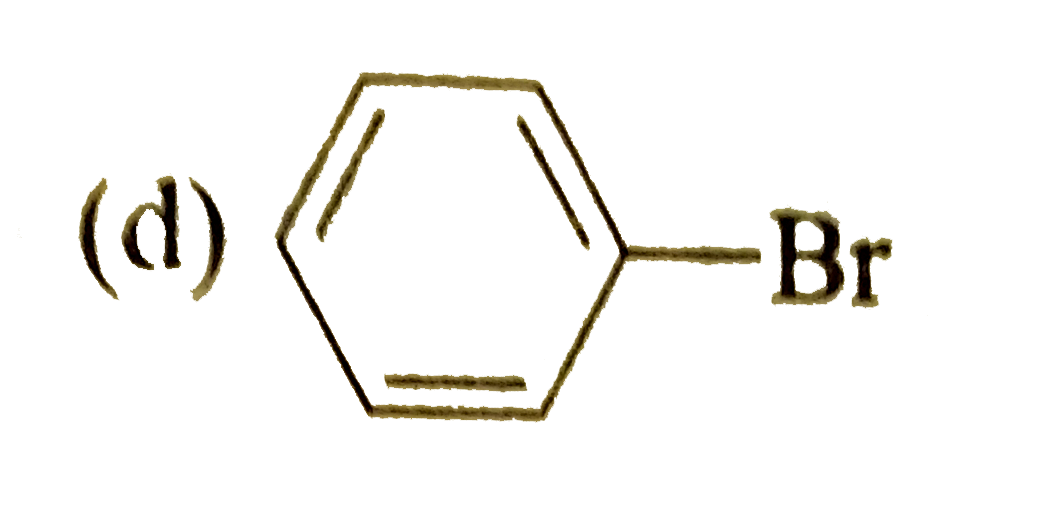Explore topic-wise InterviewSolutions in .
This section includes InterviewSolutions, each offering curated multiple-choice questions to sharpen your knowledge and support exam preparation. Choose a topic below to get started.
| 29401. |
The internal energy change for the vapourisation of one mole water at 1 atm and 100°C will be (Enthalpy of vapourization of water is 40.66 kJ |
|
Answer» Zero |
|
| 29402. |
The internal energy change in the conversion of 1.0 mole of the calcite form of CaCO_(3) to the aragonite form is +0.21 kJ. Calculate the enthalpy change when the pressure is 1.0 bar , given that the densities of the solid are 2.71 g "cm"^(-3) and 2.93 g "cm"^(-3) respectively. |
|
Answer» |
|
| 29403. |
The internal energy change (DeltaU) for the reaction CH_(4)(g) + 2O_(2)(g) to CO_(2)(g) + 2H_(2)O(l) is -885 kJ mol^(-1) at 298K. What is DeltaH at 398 K? |
| Answer» Solution :`DELTAH = DELTAU + Deltan_(g)RT, Deltan_(g) = 1-3=2` | |
| 29404. |
The intermolecular interaction that is dependent on the inverse cube of distance between the molecule is : |
|
Answer» ion-ion interaction |
|
| 29405. |
The intramolecular hydrogen bond is present in |
|
Answer» <P>phenol |
|
| 29406. |
The intermolecular interaction for which interaction energy that is inversely proportional to the cube of distance between the molecule is |
|
Answer» Ion-ion interaction |
|
| 29407. |
The intermolecular forces of attraction (i.e., H-bonding and van der waal's forces) exist among polar and non-polar species which effect melting point, boiling point, solubility and viscosity of covalent compounds : Q. Select the incorrect order of boiling point between the following compounds: |
|
Answer» `N_(2)HltCH_(3)N_(3)` `to`Boiling point of `BI_(3)` is greater than that of`BF_(3)` as molecular weight of `BI_(3)` is higherhtan that of `BF_(3)` . `to`Due to intermolecular H-bonding in `H_(2)SO_(4)` its boiling point is higher than `Me_(2)SO_(4)`. `to` Similarly due to intermolecular H-bonding in `B(OH)_(3)` its boiling point than that of`Me_(2)BO_(3)`. |
|
| 29408. |
The intermolecular forces of attraction (i.e., H-bonding and van der waal's forces) exist among polar and non-polar species which effect melting point, boiling point, solubility and viscosity of covalent compounds : Q.The type ofmolecular forceof attraction present in the following compounds is : |
|
Answer» INTERMOLECULAR H-bonding 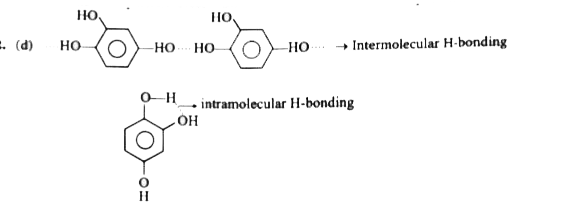
|
|
| 29409. |
The intermolecular forces of attraction (i.e., H-bonding and van der waal's forces) exist among polar and non-polar species which effect melting point, boiling point, solubility and viscosity of covalent compounds : Q. Meltingand boling points of halogen increasedown the group due to |
|
Answer» INCREASE in London dispersion FORCES `to`London dispersion forces `prop`B.P and M.P in such non-polar species. |
|
| 29410. |
The intermidiate formed on electrolytic reduction of nitrobenzene in "conc."H_2SO_4 is…………… |
|
Answer» `C_6H_5NH-NHC_6H_5` |
|
| 29411. |
The intermetallic compound LiAg has a cubic crystalline structure in which each Li atom has 8 nearest neighbour silver atoms and vice-versa .What is the type of unit cell ? |
|
Answer» Body-centred cubic |
|
| 29412. |
The intermetallic compound LiAg crystallizes in cubic lattice in which both lithium and silver have coordination number of eight. The crystal class is |
|
Answer» SIMPLE CUBE |
|
| 29413. |
The intermetallic compound LiAg crystallizes in cubic lattice in which both lithium and silver have co-ordination number of eight. The crystal class is |
|
Answer» SIMPLE cubic |
|
| 29414. |
The intermetallic compound LiAg crystallizes in a cubic lattice in which both Li and Ag atoms have coordination numbers of 8. To what crystal class does the unit cell belong? |
|
Answer» |
|
| 29415. |
The intermediate(s) formed during the reaction C_(6)H_(5)CH_(2)COOAg+Br_(2)overset("CC"l_(4))toC_(6)H_(5)CH_(2)Br is (are) : |
|
Answer» `C_(6)H_(5)-CH_(2)-overset(O)overset(||)OBr` |
|
| 29416. |
The intermetallic compound LiAg crystallises in cubic lattice in which both Li and Ag have co-ordination number of eight. The class of crystal is: |
|
Answer» SIMPLE cubic |
|
| 29417. |
The intermetallic compound crystallizes in cubic lattice in which both lithium and silver have coordination number of eight. The crystal class is |
|
Answer» SIMPLE CUBE |
|
| 29418. |
The intermediate(s) formed during the reaction C_(6)C_(5)CH_(2)COOAg+Br_(2)overset("CC"l_(4))toC_(6)H_(5)CH_(2)Br, is (are): |
|
Answer» `C_(6)H_(5)-CH_(2)-overset(O)overset(||)-OBR` |
|
| 29419. |
The intermediate product 'X' of following synthesis is identified as : |
|
Answer»

|
|
| 29420. |
The intermediate product (X) formed in the following reaction is B_(2)H_(6)+6NH_(3)rarr 3K overset("heat")rarr 2B_(3)N_(3)H_(6)+12H_(2) |
|
Answer» `[BH(NH_(3))_(3)]^(+)[BH_(4)]^(-)` |
|
| 29421. |
The intermediate product obtained during continuous etherification process is, |
|
Answer» ALKYL HYDROGEN sulphite |
|
| 29422. |
The intermediate product in Gabriel phthalimide synthesis is N-Alkylphthalimide. |
|
Answer» |
|
| 29423. |
The intermediate product in the preparation of ethylene from ethanol and sulphuric acid is : |
|
Answer» `C_2H_5OC_2H_5` |
|
| 29424. |
The intermediate product formed when NH_(3) is prepared form urea is |
|
Answer» Ammonium BICARBONATE |
|
| 29425. |
The intermediate product formed when ethylene glycol is treated with periodic acid is……………………. . |
| Answer» SOLUTION :CYCLIC periodate ESTER | |
| 29426. |
The intermediate never formed during chain growth polymerization is |
|
Answer» `-OVERSET("|")UNDERSET("|")(C^(-))` |
|
| 29427. |
The intermediate 'J' in the following Witting reaction is |
|
Answer»
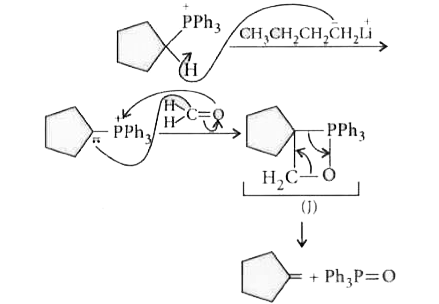
|
|
| 29428. |
Reaction of phenol with chloroform//sodium hydroxide to give o-hydroxy benzaldehyde involves the formation of |
|
Answer» DICHLORO carbene |
|
| 29429. |
The intermediate formed in the electrophilic addition of HBr to propene is a |
|
Answer» Carbocation |
|
| 29430. |
The intermediate during the addition of HI to propene in presence of peroxide is _____________. |
|
Answer» `CH_(3)-OVERSET(*)CH-CH_(2)-I` |
|
| 29431. |
The intermediate formed in the nitration of benzene is………….. |
|
Answer» Arenium ion |
|
| 29432. |
The intermediate during the addition of HCl to propene in the presence of peroxide is : |
|
Answer» `CH_3oversetdotCHCH_2Cl` |
|
| 29433. |
The intermediate during the addition of HCl to propeneis: |
|
Answer» `CH_3CHCH_2Cl` |
|
| 29434. |
The intermediate during the addition of HCl to propene in the presence of peroxide is: |
|
Answer» `CH_(3)overset(**)(C)HCH_(2)Cl` |
|
| 29435. |
The intermediate during the addition of HCl to propene in presence of peroxide is |
|
Answer» `CH_(3)OVERSET(**)(C)HCH_(2)Cl` |
|
| 29436. |
The intermediate compound in the conversion of starch to glucose is : |
|
Answer» Lactose |
|
| 29437. |
The intermediate compound formed during the hydrolysis of CH_3CN is |
|
Answer» `CH_(3) COOH` |
|
| 29438. |
The intermediate compound formation theory does not explain |
|
Answer» action of catalytic poison |
|
| 29439. |
The intermediate compound formation theory applies to ______ reactions. |
| Answer» Answer :A | |
| 29440. |
The interionic attraction depends on interaction of |
|
Answer» solute-solute |
|
| 29441. |
The interhalogen compound having dimeric structure is |
|
Answer» `ClF_(3)` 
|
|
| 29442. |
The interhalogen which does not exist is : |
| Answer» Answer :D | |
| 29443. |
The interatomic forces of attraction present in noble gas are __________. |
|
Answer» DIPOLE-dipole interaction |
|
| 29444. |
The interatomic distances in H_2 and Cl_2 molecules are 74 and 198 pm respectively the bond length of HCl is |
|
Answer» 272pm |
|
| 29445. |
The interaction of acetone with methyl magnesium chloride followed by hydrolysis |
|
Answer» ISOBUTYL ALCOHOL |
|
| 29446. |
The inter-particle forces between linear chains in nylon-6,6 are |
| Answer» Solution :hydrogen bond | |
| 29447. |
The intensive property/properties is/are |
|
Answer» TEMPERATURE |
|
| 29448. |
The intensive property is: |
|
Answer» FREEZING point |
|
| 29449. |
The intemediates formed during the reaction: C_(6)H_(5)CH_(2)COOAg+Br_(2)overset(C Cl_(4))underset(Delta)rarrC_(6)H_(5)CH_(2)Br |
|
Answer» `C_(6)H_(5)-CH_(2)-overset(O)overset("||")C-O^(.)`<BR>`C_(6)H_(5)overset(.)CH_(2)` |
|
| 29450. |
The integrated rate equations can be determined for |
|
Answer» ZERO order reactions |
|


